
Herpetology in New York City
Not as scary as you think

Reptiles, and especially snakes, often evoke a primal fear. But they’re a crucial part of our ecosystems— and amphibians can even serve as bioindicators for our parks’ overall health. Browse the photos below to meet some of the species you can find across the five boroughs!

Garter Snake
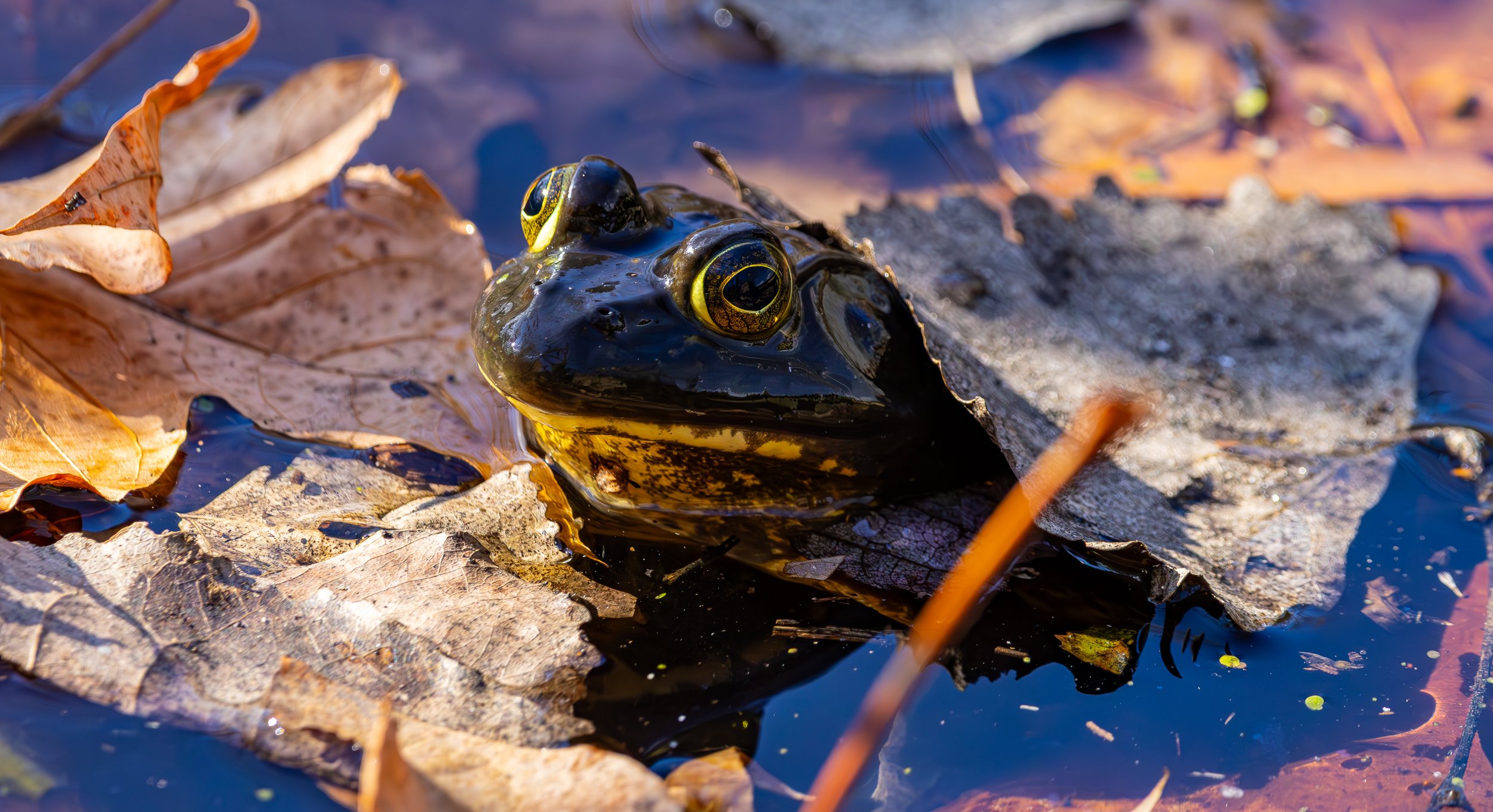
american
Bullfrog

Red-eared
Slider

Eastern Milk
Snake
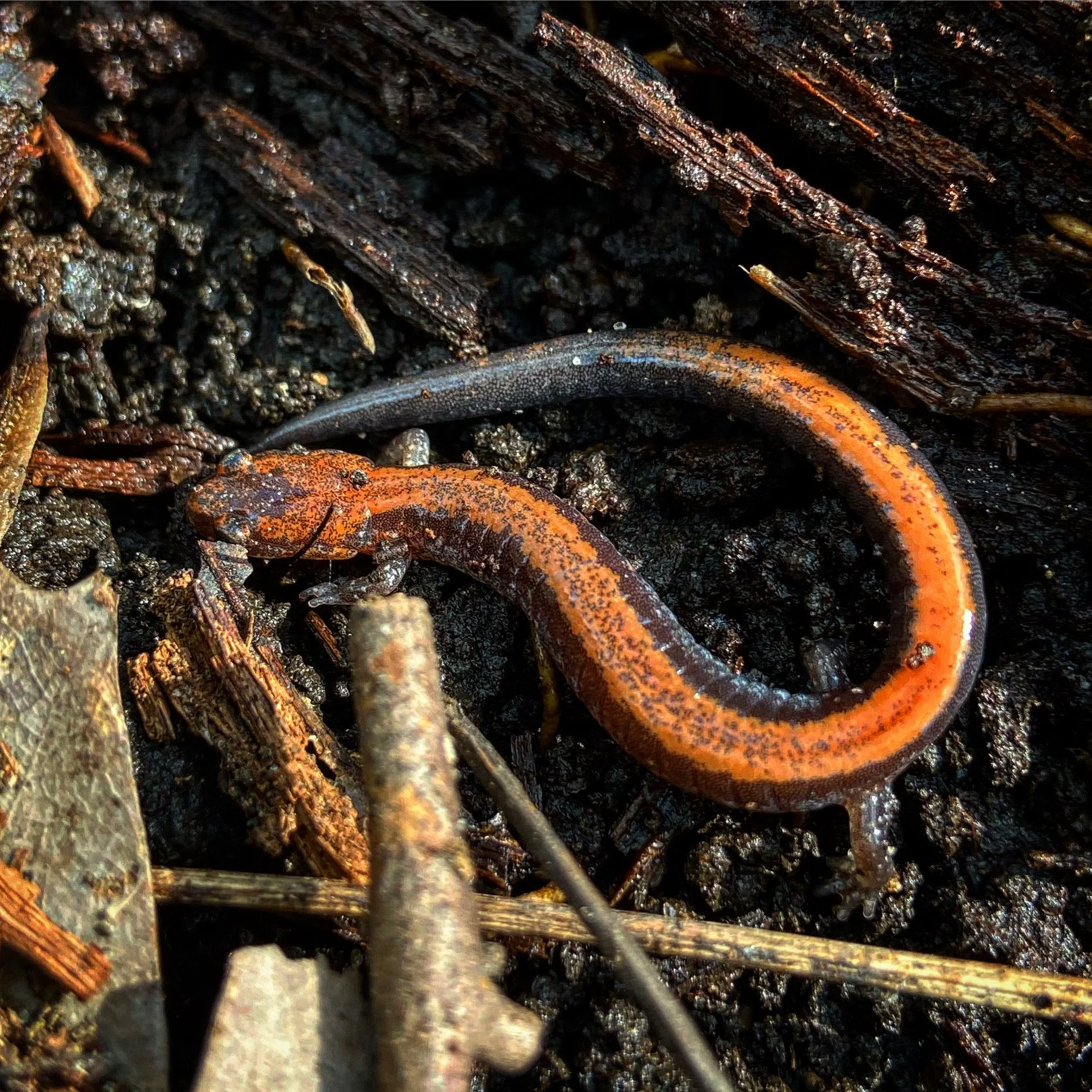
Eastern Red-backed
Salamander

Common Snapping
Turtle
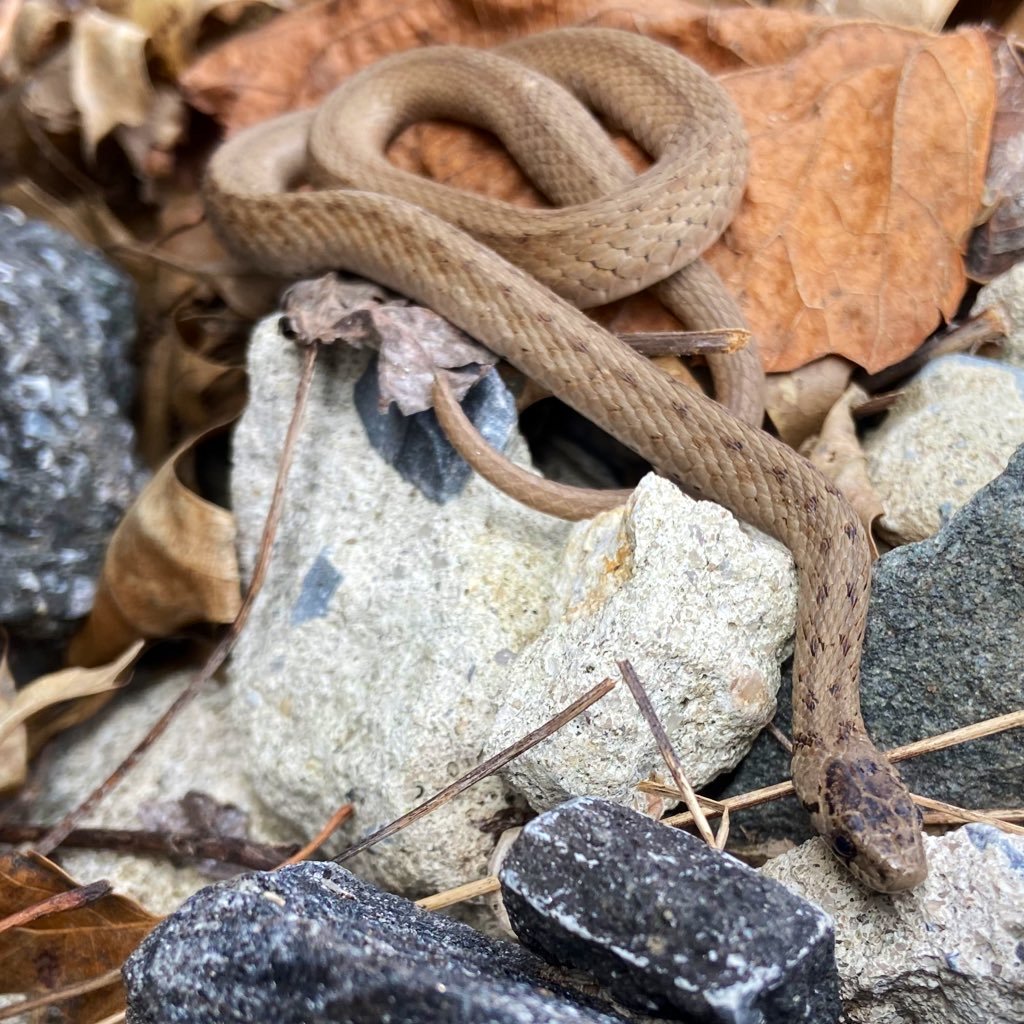
Dekay’s Brown
Snake
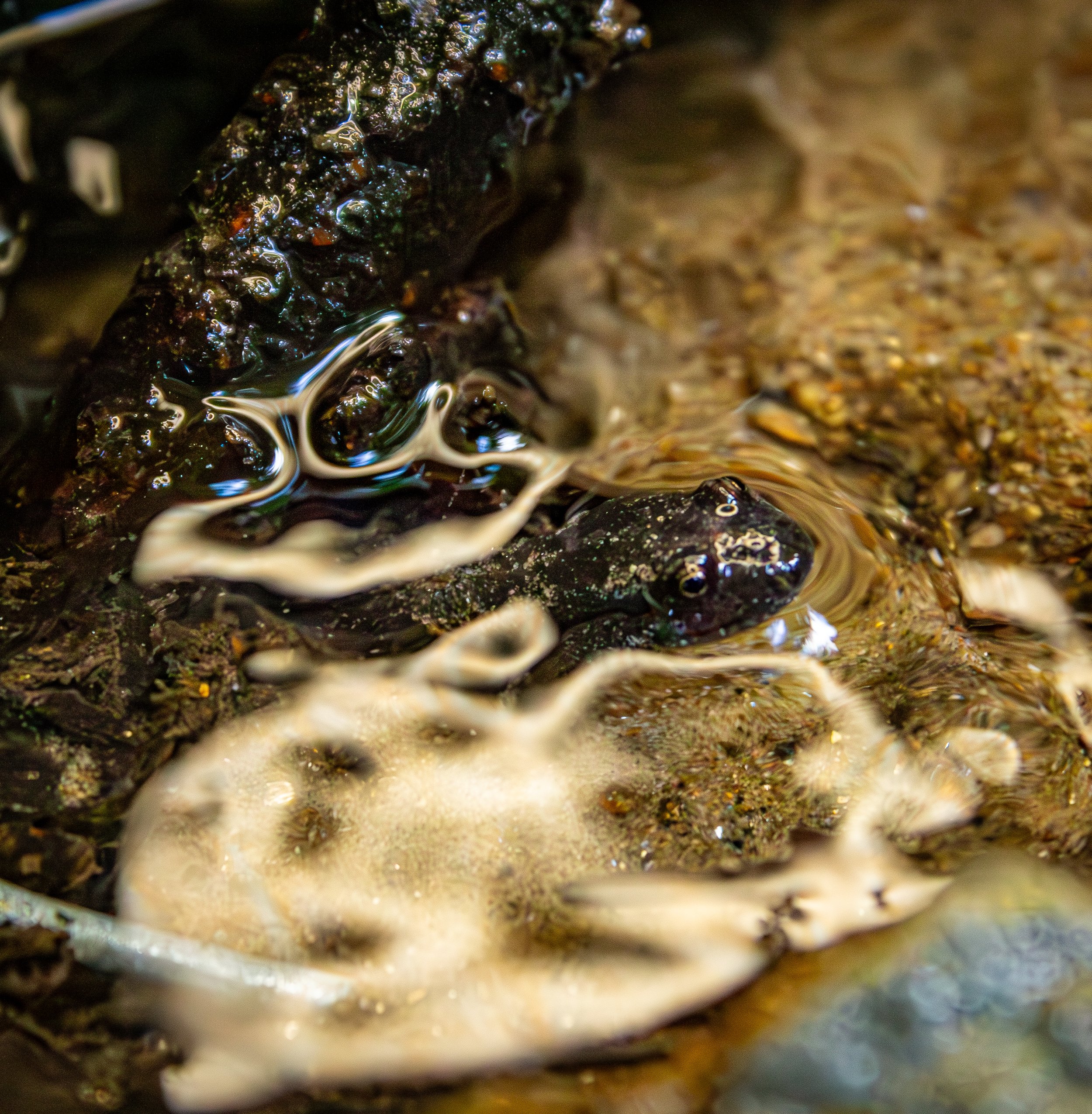
Northern Dusky
Salamander
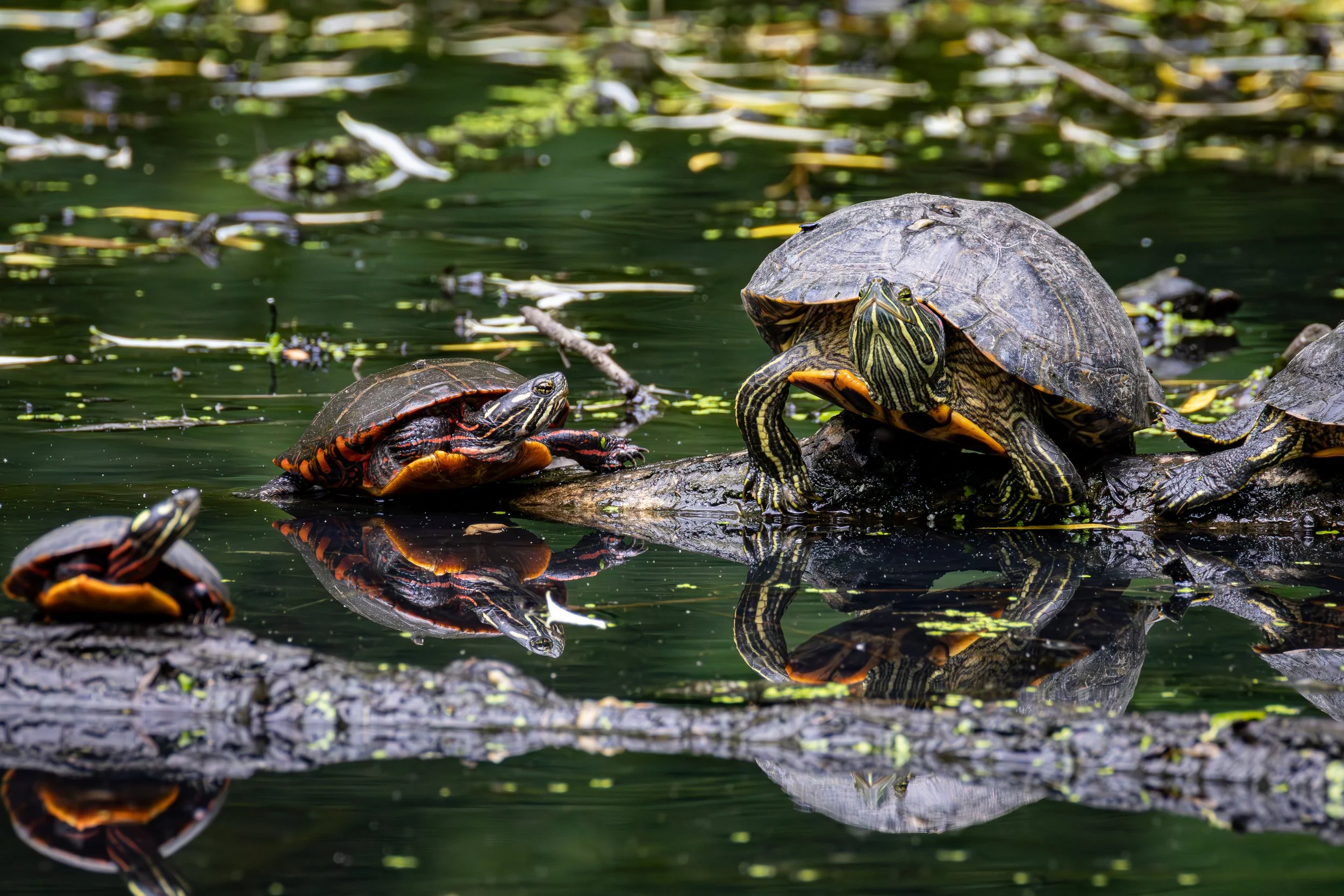
Painted
Turtle
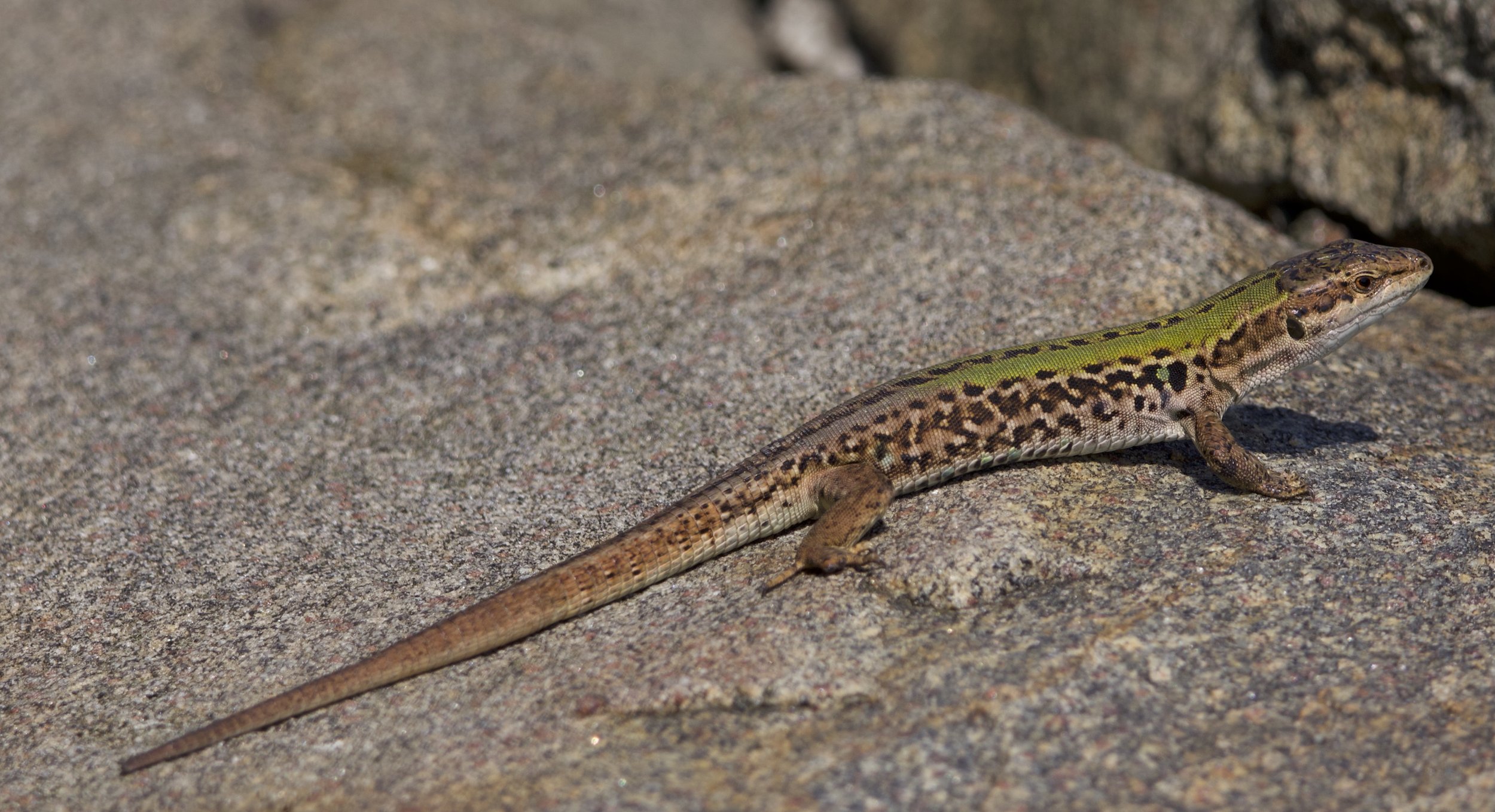
Northern Italian
Wall Lizard
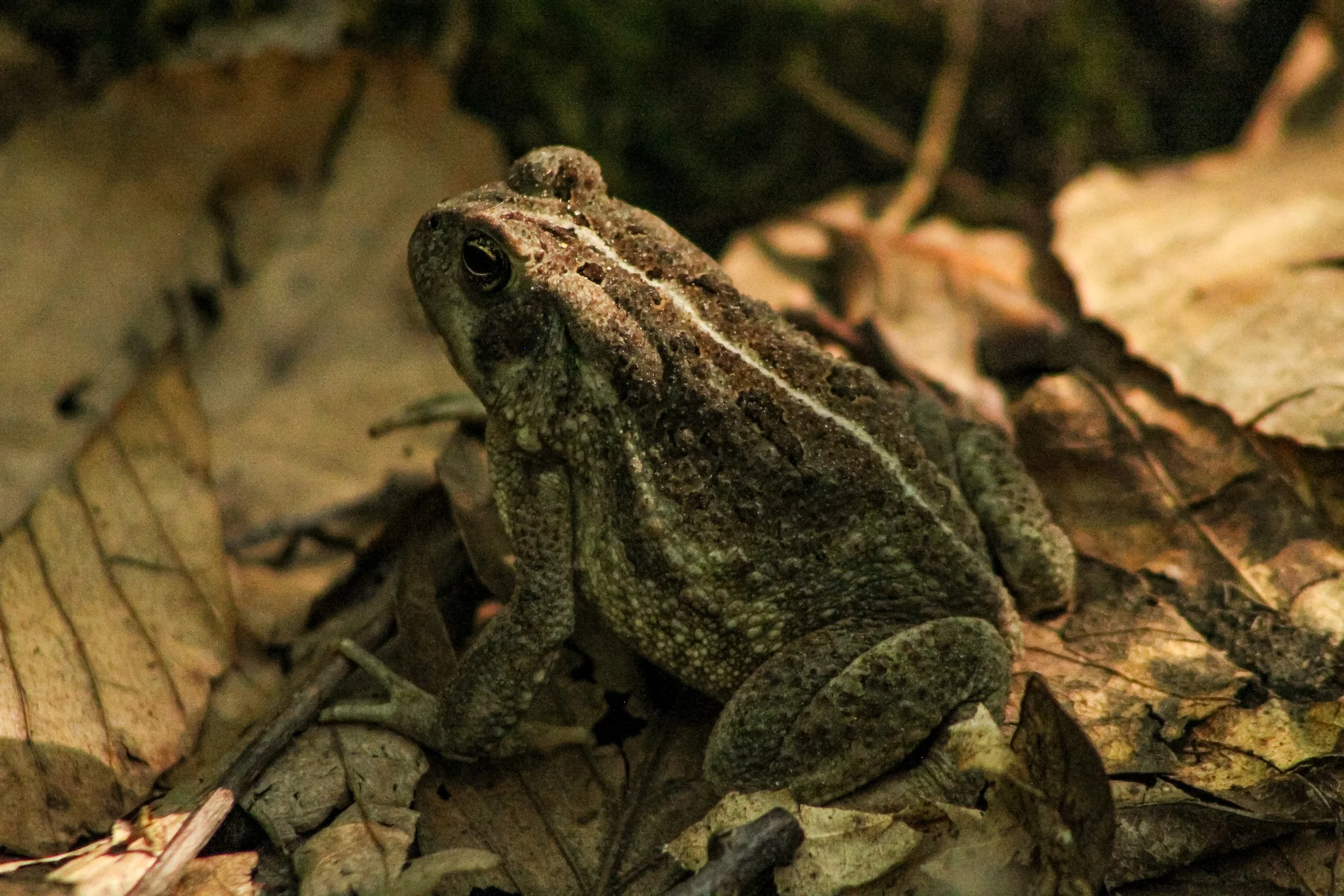
Fowler’s
Toad
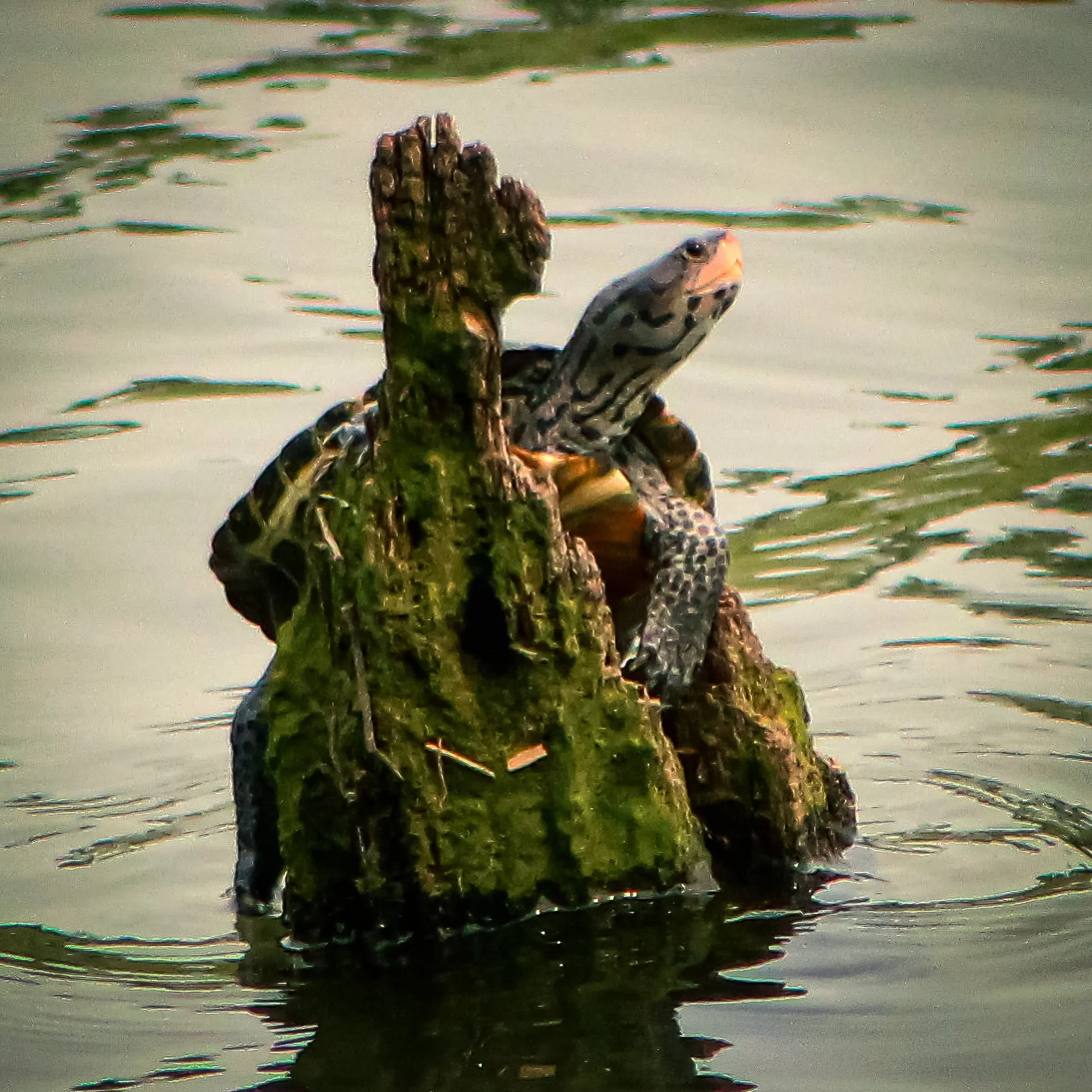
Diamondback
Terrapin
